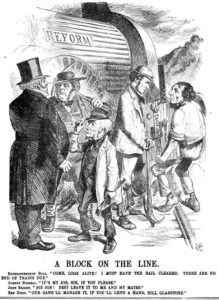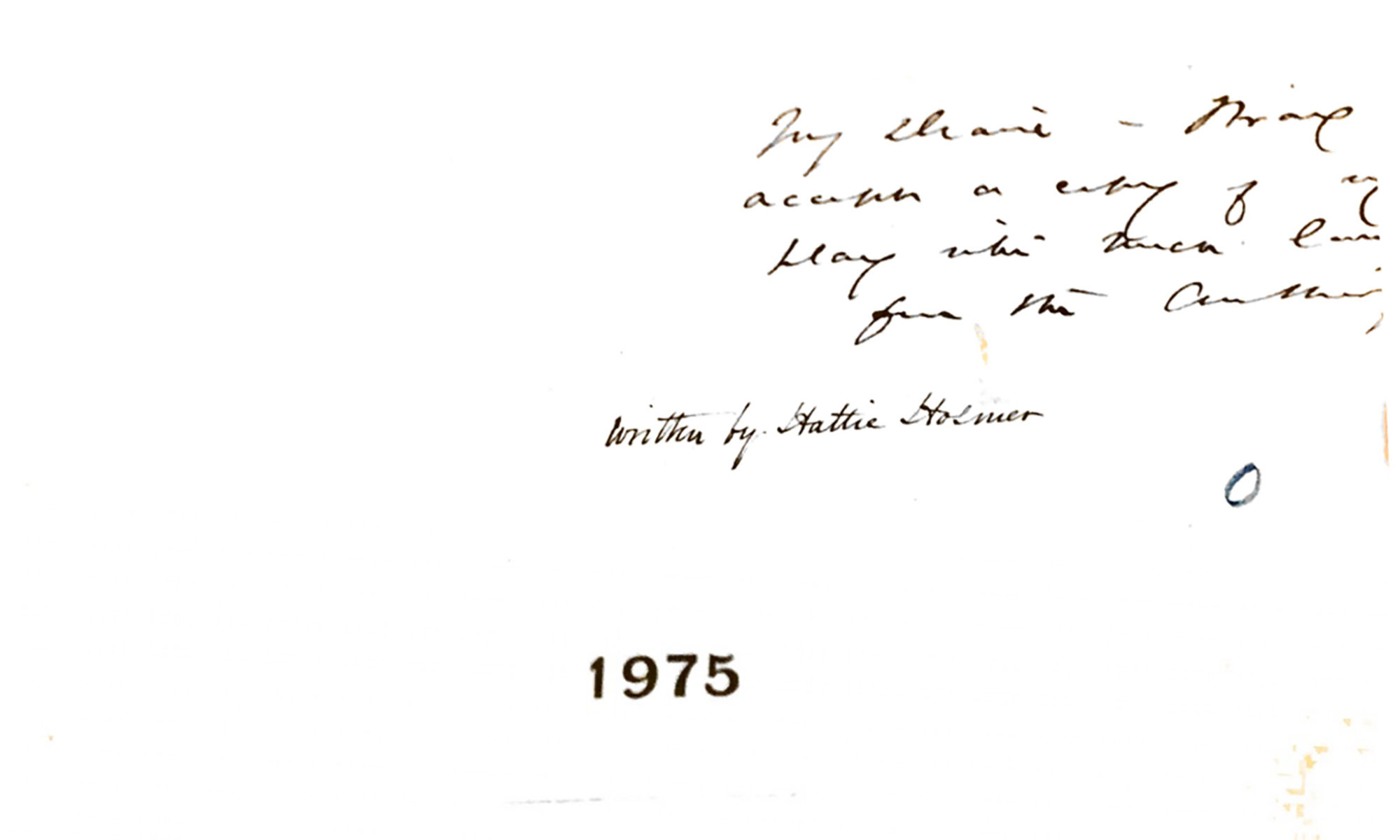Grande Vitesse means high speed in French.
antipodes
An antipode, generally, is the place the direct opposite of another on the globe. “The antipodes” often refers to New Zealand and Australia. (Antipodes Map).
Arthur Orton
Arthur Orton (1834-1898) claimed to be Roger Charles Tichborne, who had been lost at sea in 1854. Orton, the son of a butcher from Wapping, England, came forward when Lady Tichborne, who refused to believe her son was dead, published advertisements in Australian papers seeking information on him in 1865. In 1875, after a series of widely-covered court proceedings during which Orton came to be known as the Tichborne Claimant, he was found guilty of perjury, serving 10 years of a 14 year sentence (Annear). (Image: London Stereoscopic & Photographic Company).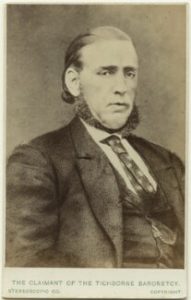
Bacon
Bacon is likely a reference to Sir Francis Bacon (1561-1626), the philosopher of science who articulated the modern scientific method, which emphasized gathering empirical evidence through experimentation. (Klein) (Image: Francis Bacon).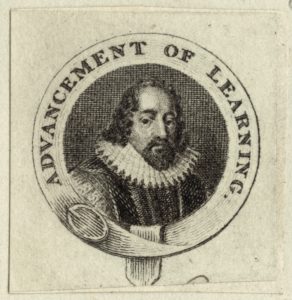
Bismark
Hosmer appears to referring to Otto von Bismarck (1815-1898), although she spells it Bismark. Bismark appointed as the Chief Minister of Prussia by William I in 1862, orchestrated a series of wars that helped solidify Prussian power and unify the Germanic states. William was crowned Emperor of the German Empire (the Second Reich) in 1871, with von Bismarck named the first Chancellor of the empire. (Steinberg). (Image: “Prince Otto Eduard Leopold von Bismarck”). 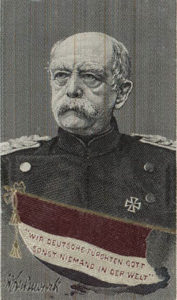
Blitzen
Blizten means lightening in German. It may be a reference to one of the reindeer in Clement Clarke Moore’s 1823 “A Visit from Saint Nicholas,” now better known a “T’was the Night Before Christmas.” The reindeer was originally named Blixem, Dutch for lightening, in the poem; it first appeared as Blixen in an 1844 collection of Moore’s works (Baker). (Image: Moore.)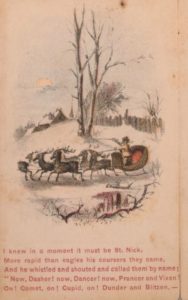
Blondin
Chevalier Blondin (1824-1897), born Jean Francçois Gravelet, was a French rope dancer, or tight-rope walker, celebrated for making 17 separate passages on a 3-inch rope strung across the Niagara Falls gorge. In 1861, he pushed his young daughter in a wheelbarrow across the Centre Transept of the Crystal Palace in London. His other Crystal Palace performances, during one of which he almost fell, included stilt walking and cooking an omelette. (Abbot; “Chevalier Blondin”). (Image: Blondin’s Fall.)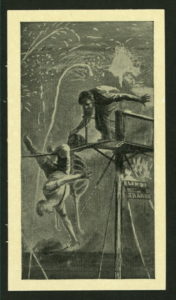
British Museum
The British Museum, established in 1753, opened its first room designed specifically for Egyptian objects in 1808. New galleries debuted in 1823, 1834, and 1837. The Egyptian gallery opened in 1854 would have been the one that Hosmer had seen and was still in use in 1875, when she wrote the play (Moser).
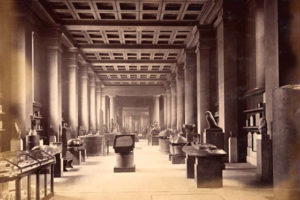
Carlo-Serranos
 Carlo is a reference to Carlos María Isidro de Borbón (1788-1855), the brother of Ferdinand, from whom the Carlists took their name and whom they felt should inherit the throne. Serrano is Francisco Serrano y Domínguez , duke de la Torre (1810-1885), who, after first supporting Isabella II, helped dethrone her in the Revolution of 1867. He served in positions for power following the revolution, but in 1875 Serrano was in exile, after the accession of Alfonso XII. He returned to Spain in 1881 (Holt). (Image: Marshal Serrano, Regent of Spain).
Carlo is a reference to Carlos María Isidro de Borbón (1788-1855), the brother of Ferdinand, from whom the Carlists took their name and whom they felt should inherit the throne. Serrano is Francisco Serrano y Domínguez , duke de la Torre (1810-1885), who, after first supporting Isabella II, helped dethrone her in the Revolution of 1867. He served in positions for power following the revolution, but in 1875 Serrano was in exile, after the accession of Alfonso XII. He returned to Spain in 1881 (Holt). (Image: Marshal Serrano, Regent of Spain).
Cave of Adullam
The Cave of Adullam is the cave in which King David hid from King Saul: “David left Gath and escaped to the cave of Adullam.” Samuel 22:1. Hosmer, however, is referring to a speech by John Bright (1811-1889), MP of Birmingham, in the debates about the Reform Bill of 1866, meant to expand suffrage among working-class men. In a 1865 speech, Bright accused liberals who opposed the bill of hiding in the Cave of Adullam. The 1866 bill failed, but a more far-reaching bill passed the following year. (“John Bright MP and the 1867 Reform Act”; Winter). (Image: “A Block on the Line.”).